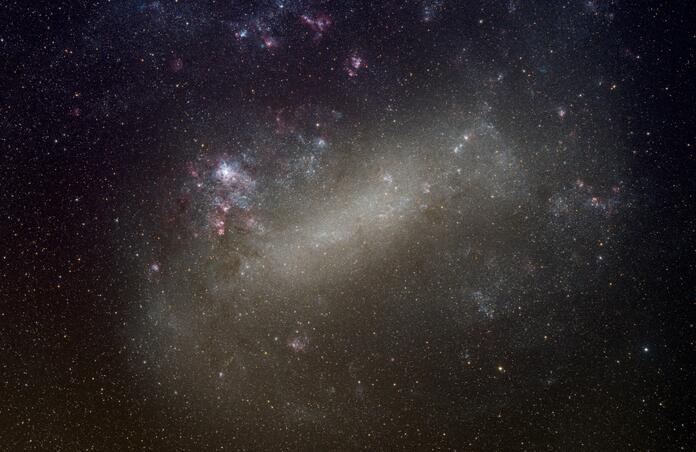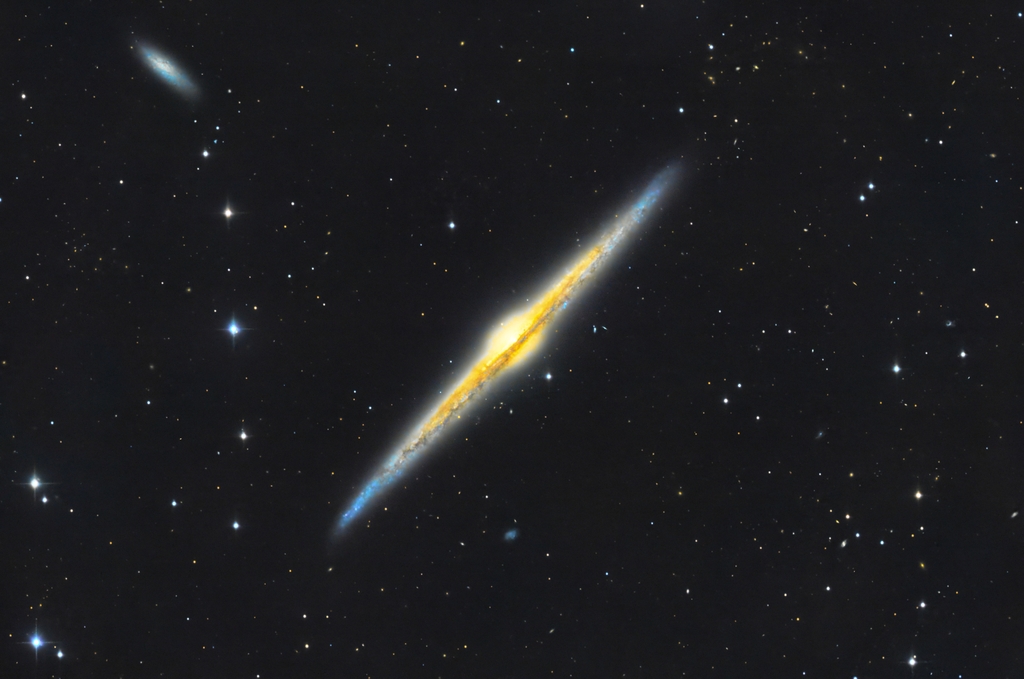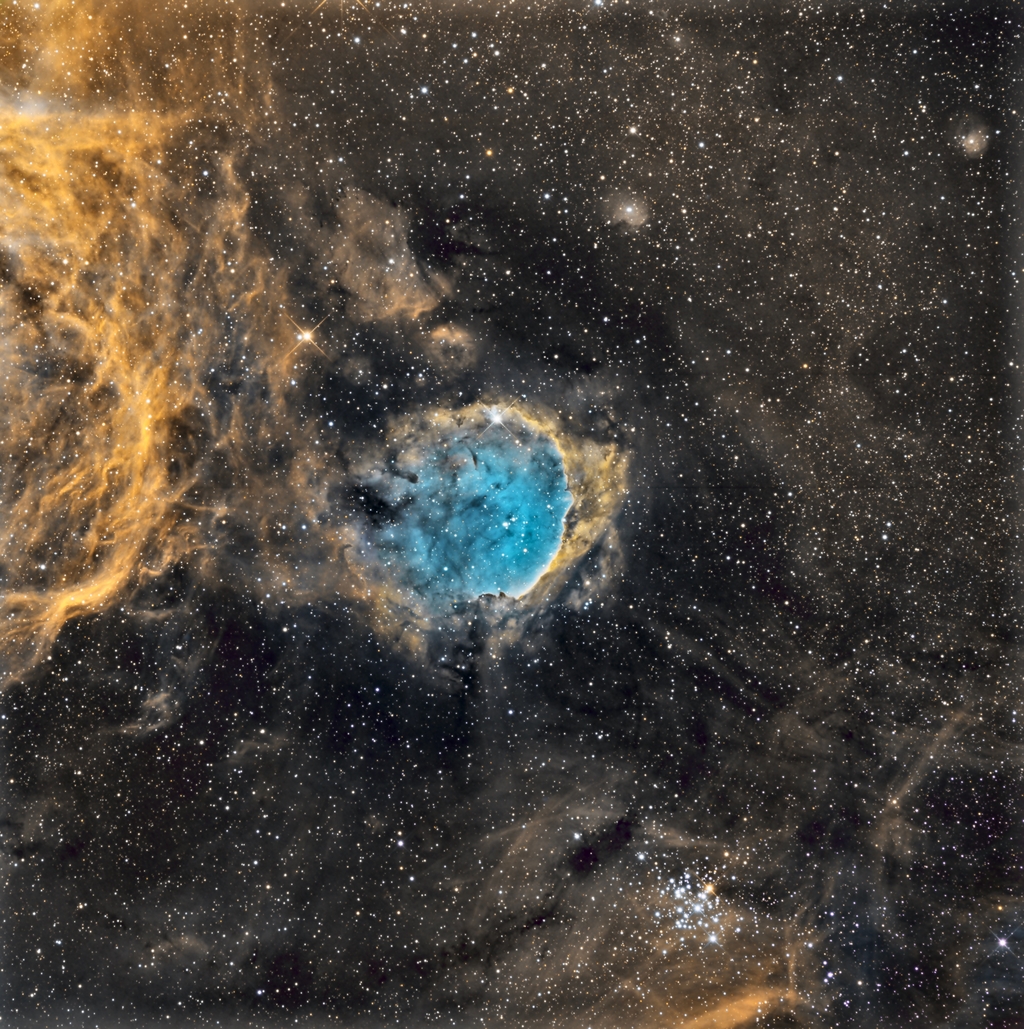Imaging Filters (Briefly) Explained

The imaging data Telescope Live provides to process deep sky images with, use CCD and CMOS monochrome electronic sensors to capture light from deep sky objects through the use of multiple color and narrowband filters. One shot color cameras such as the QHY 268C or QHY 294Pro C cameras that I personally use with my equipment to image deep sky objects have color filters attached directly to the sensor. However, the legacy Finger Lakes Instrumentation CCD cameras used by Telescope Live and the more recently acquired QHY 600M cameras are monochrome cameras; these cameras can use whatever broadband or narrowband filters desired through the use of a filter wheel. There are 3 main types of filter sets that are used for imaging; Light pollution, Broadband (LRGB) and Narrowband (Ha, SII, OIII).
Light pollution filters: these filters are used to block the wavelengths of light associated with outdoor lighting in heavily light polluted areas such as in and around cities with Bortle 9 or worse skies.
Broadband filters (Luminance, Red, Green, Blue): these filters are used to create the normal color images we would see with our eyes. The Luminance filter is a clear filter designed to block ultraviolet and infrared wavelengths of the light spectrum and avoid bloated stars and defocused images. The Red, Green and Blue filters pass around 30% of the visual spectrum each concentrating on the particular color the filter is designed for. These filters can be used for any type of deep sky target but are particularly useful on galaxies, star clusters, reflection and dark nebulae.

Narrowband filters: these filters are used to highlight the ionized gases contained in emission and planetary nebulae and supernova remnants. As their name implies, the allow a small sliver of wavelengths to pass through to the sensor, usually between 3 and 12 nanometers. Usually the smaller the bandpass, the higher quality the narrowband filter will be but also the higher the cost of the filter. Usually you will see narrowband filters designed to pass Hydrogen alpha (Ha), Sulfur 2 (SII) or Oxygen 3 (OIII) ionized particle wavelengths. There are other available filter types such as for Hydrogen beta (HB) particles, but these are not as bright and in my experience, rarely used.

Imaging filters are also known as interference filters as they usually pass around 90% of the light within their passband and have a hard boundary between the light allowed to pass to the sensor and light that is not allowed to pass. The light that is not allowed to pass through is reflected away from the sensor. The final images you process using narrowband filters allow you to map the image data to a particular color channel (Red Green Blue) and you can then visually inspect the target’s molecular structure
I need to note that many imagers take Ha data of galaxies and use this image data to highlight the hydrogen alpha regions in a particular galaxy. An example of this is with The Large Magellanic Cloud. There are very large emission nebulae within this object and the data set for it in Telescope Live you will find Ha data contained with the broadband data to highlight it.
Clear skies...
Astro Image Credits:
Large Magellanic Cloud (https://app.telescope.live/click-grab/all?target=large magellanic cloud); Telescope Live 1-Click Observation Data, Processed using PixInsight by Reggie Jones
NGC 4565 (https://app.telescope.live/click-grab/all?target=ngc%204565); Telescope Live 1-Click Observation Data, Processed using PixInsight by Reggie Jones
NGC 3324 (https://app.telescope.live/click-grab/all?target=ngc%203324); Telescope Live 1-Click Observation Data, Processed using PixInsight by Reggie Jones
